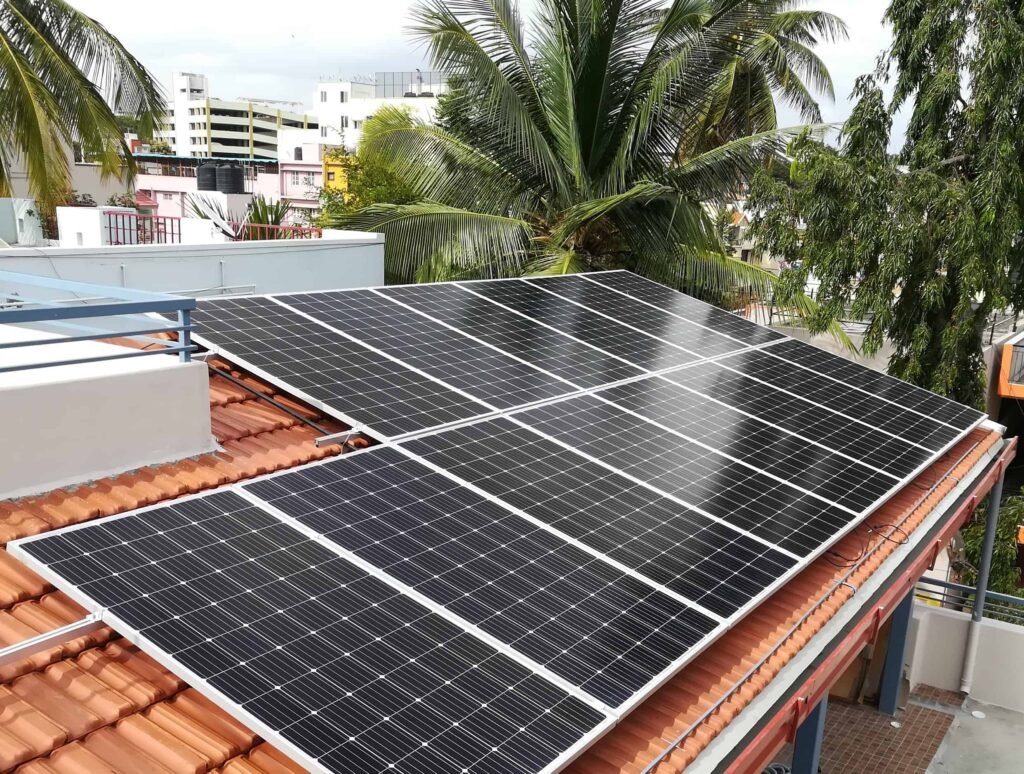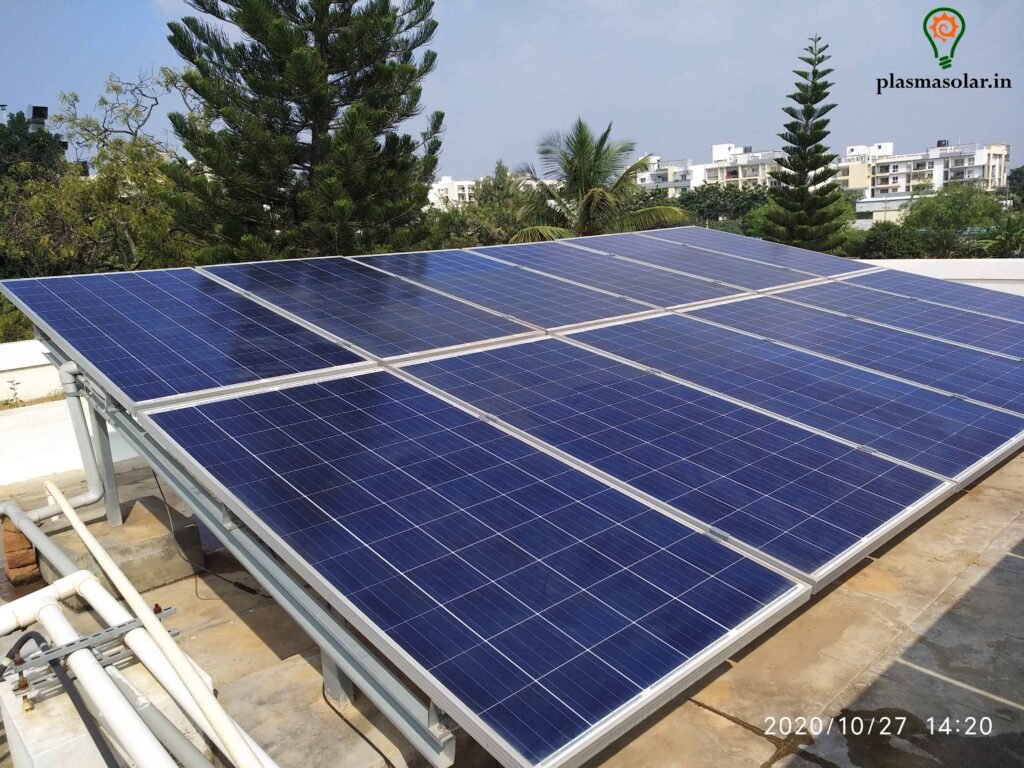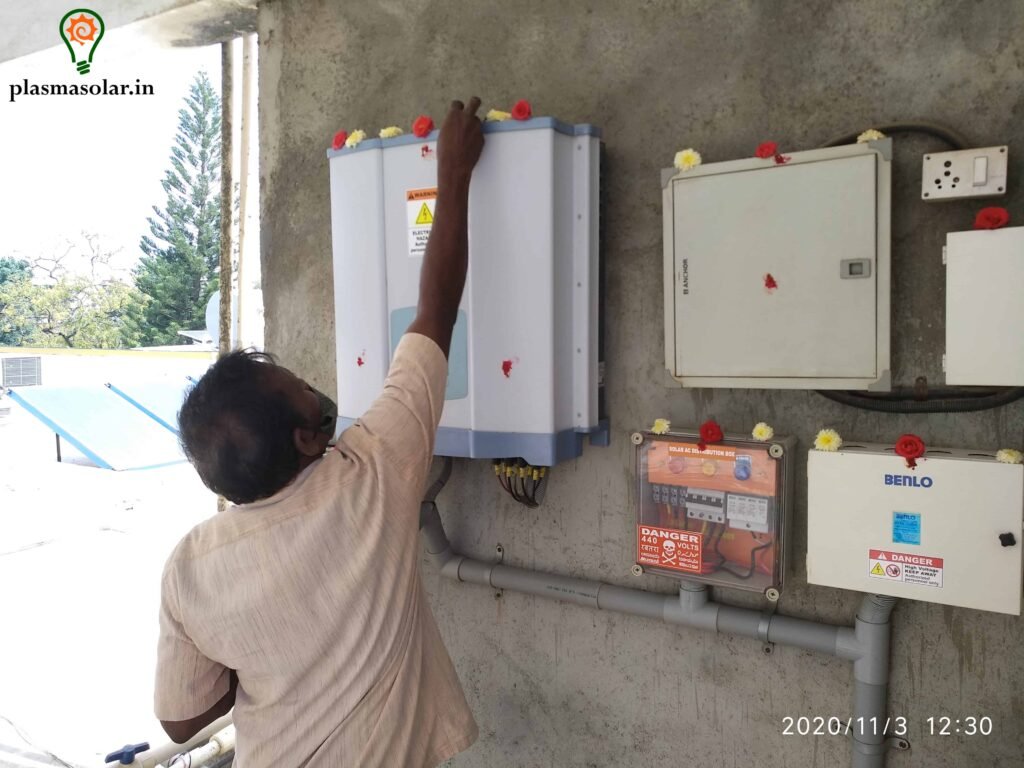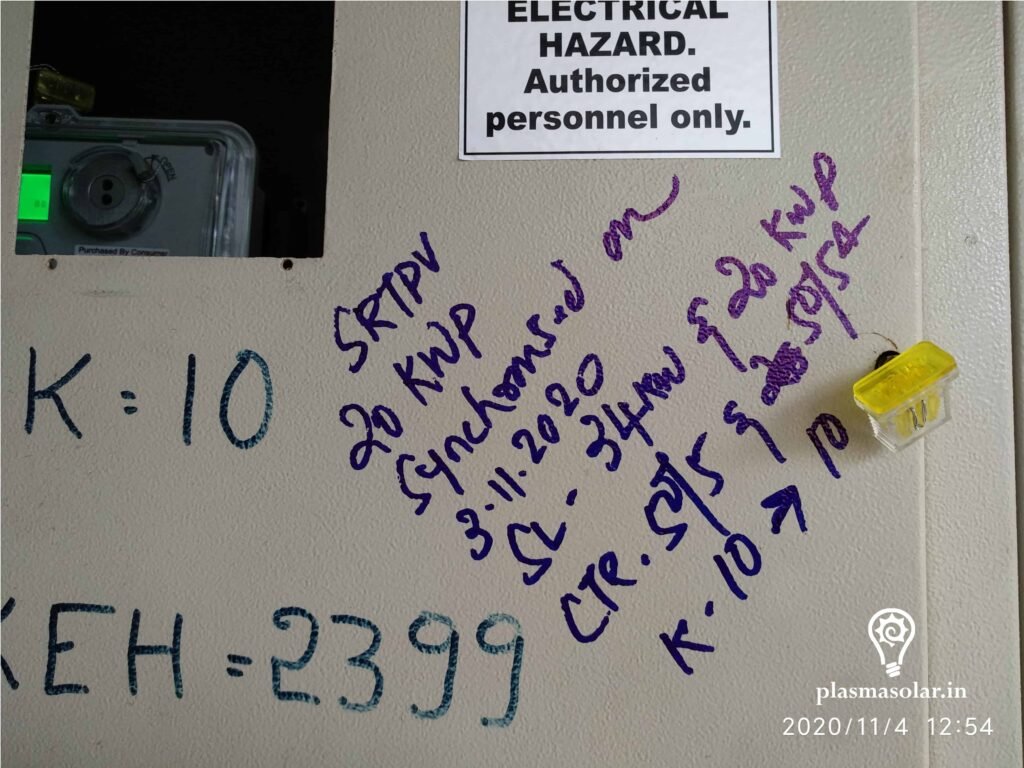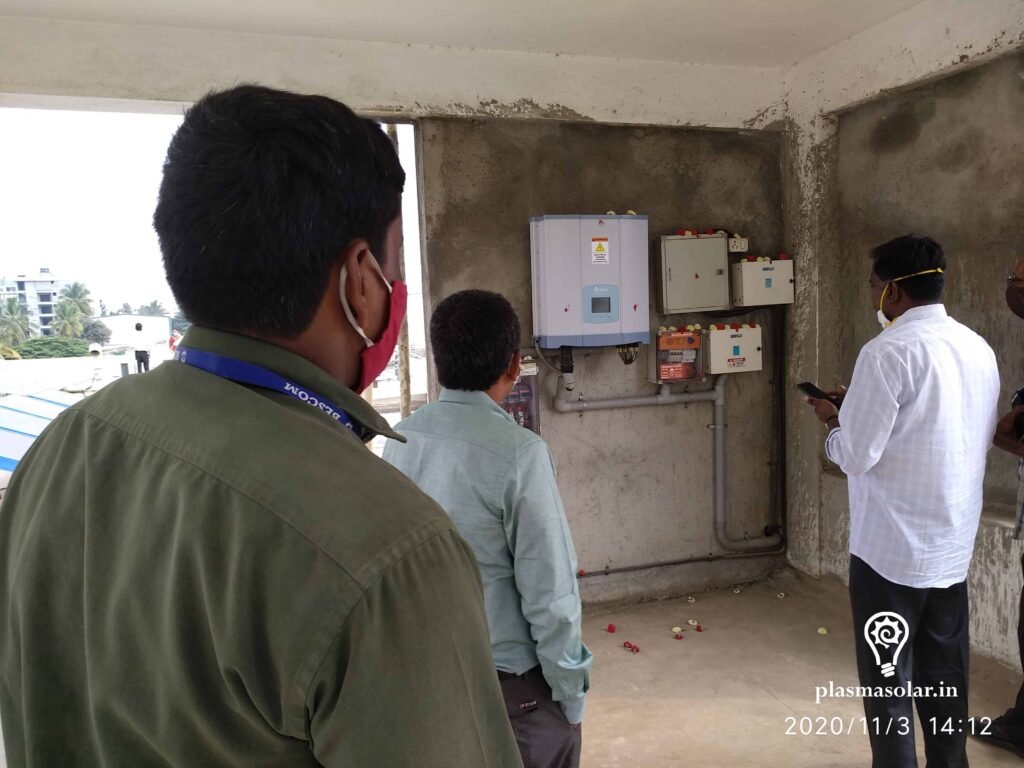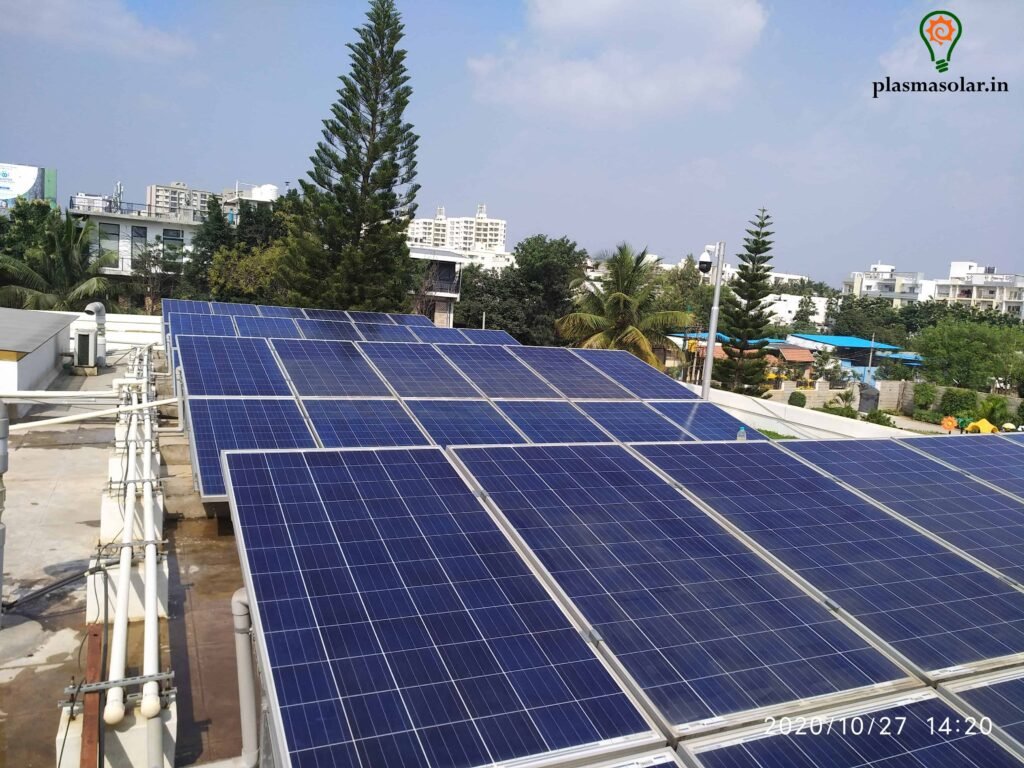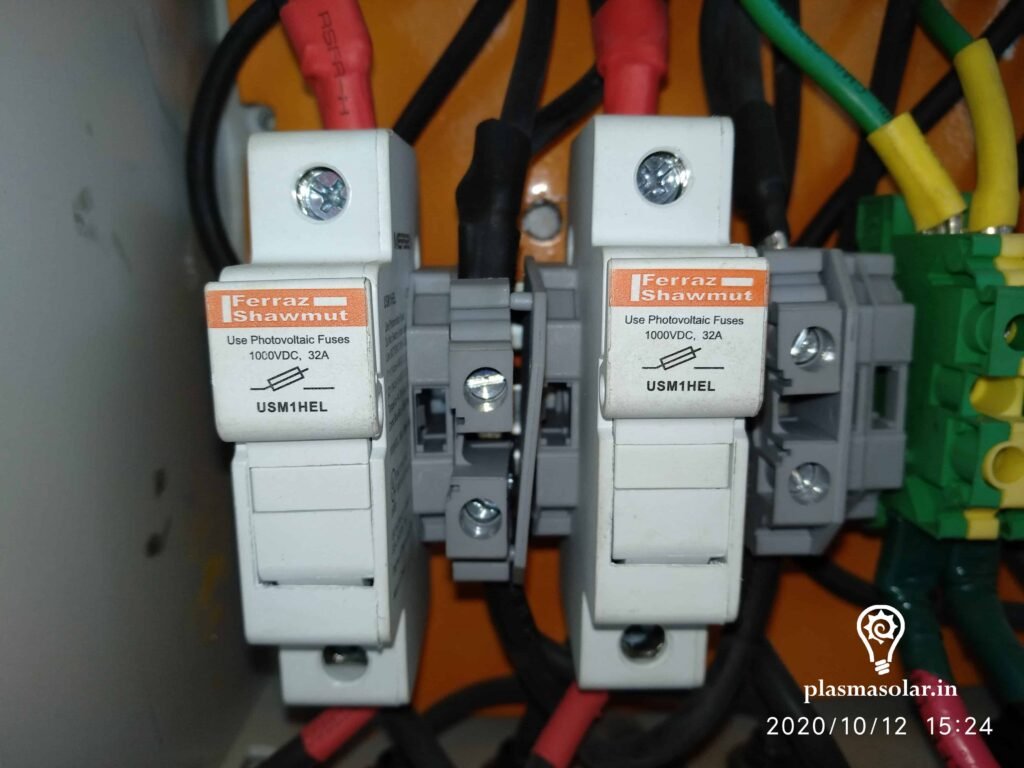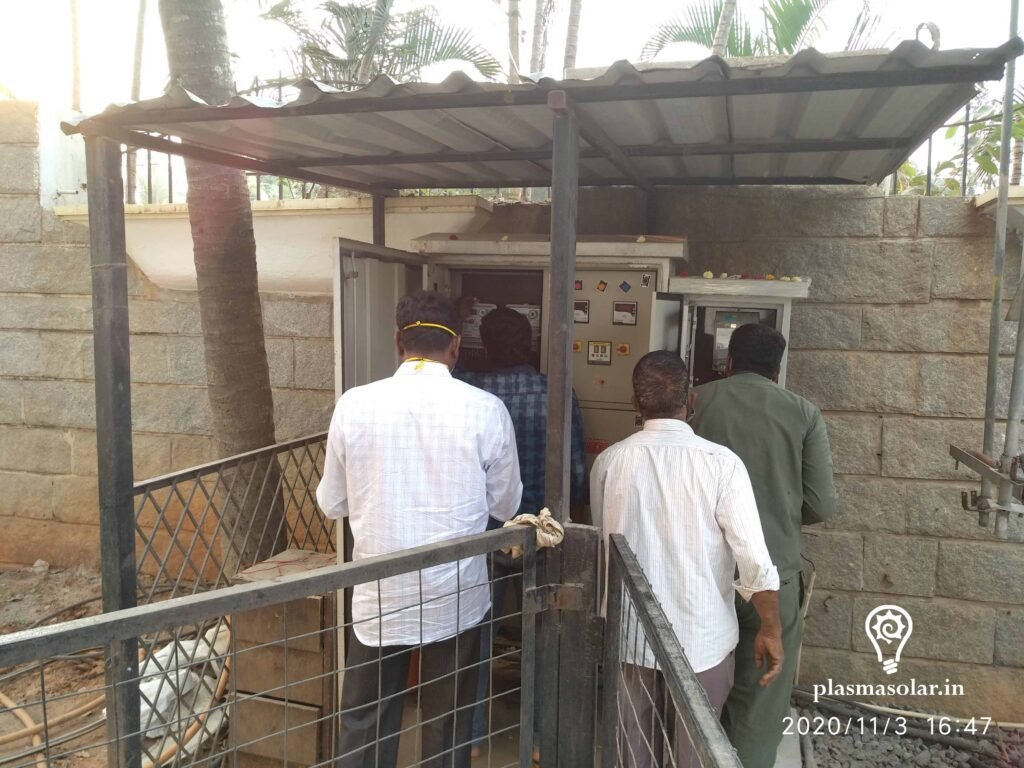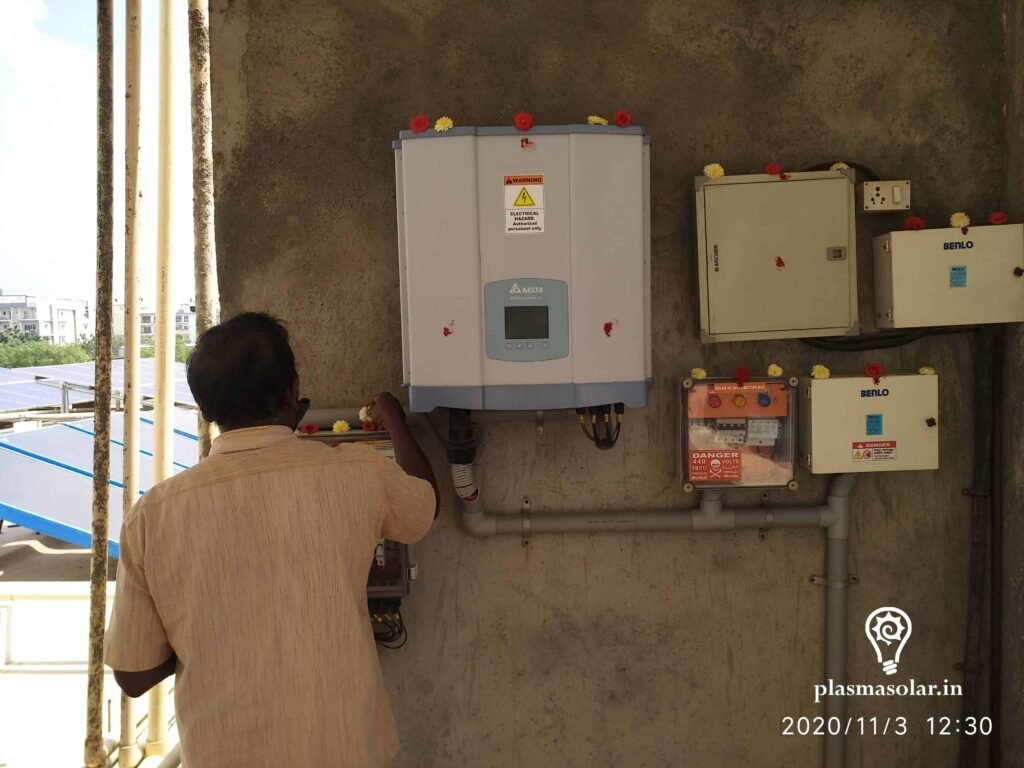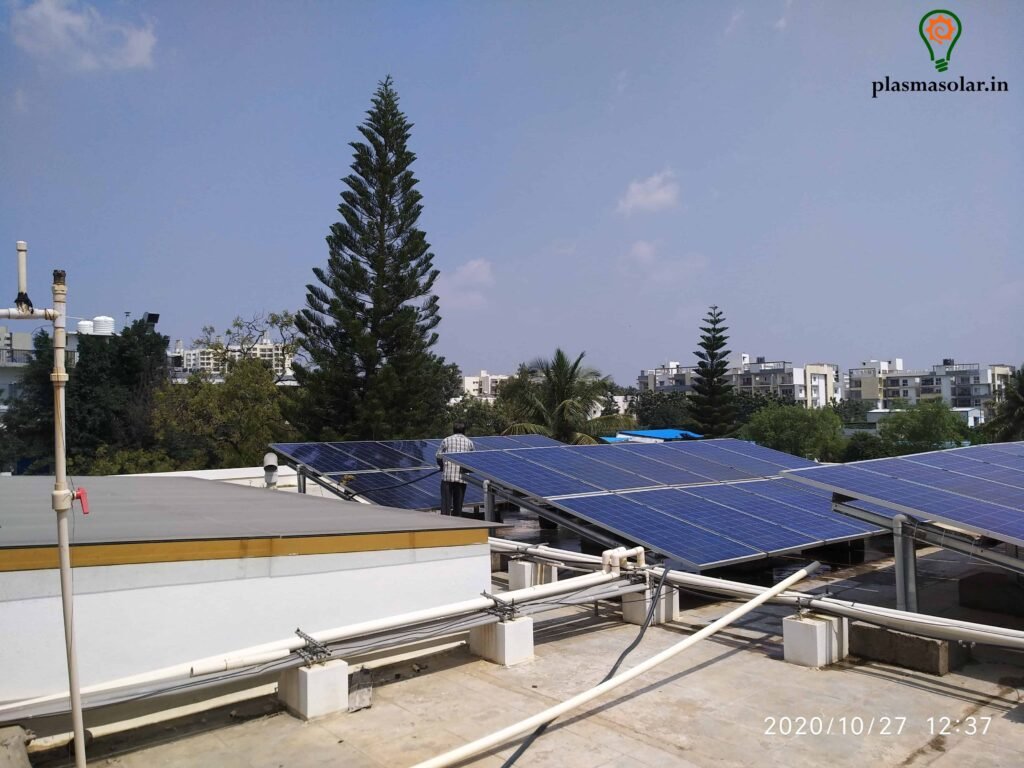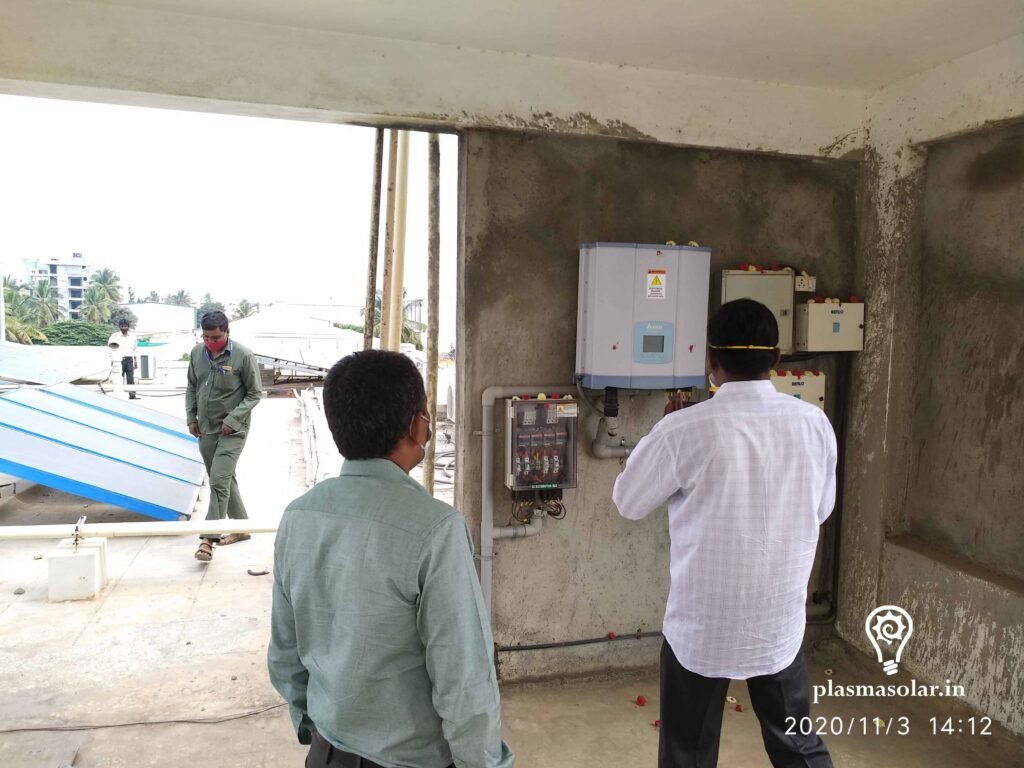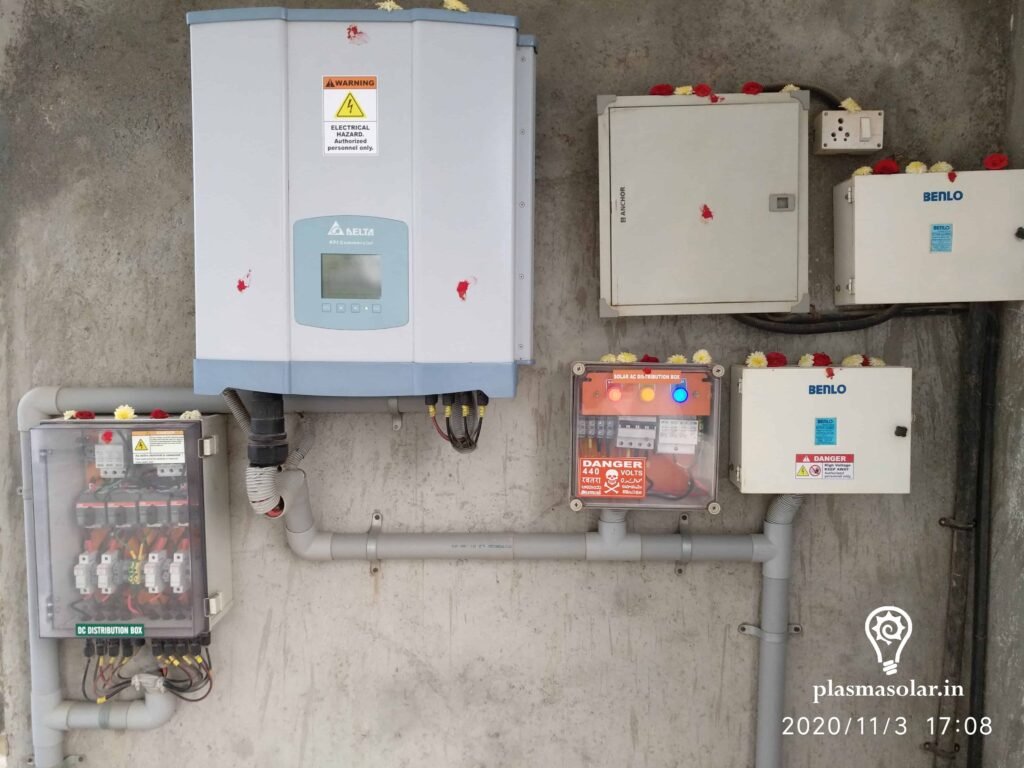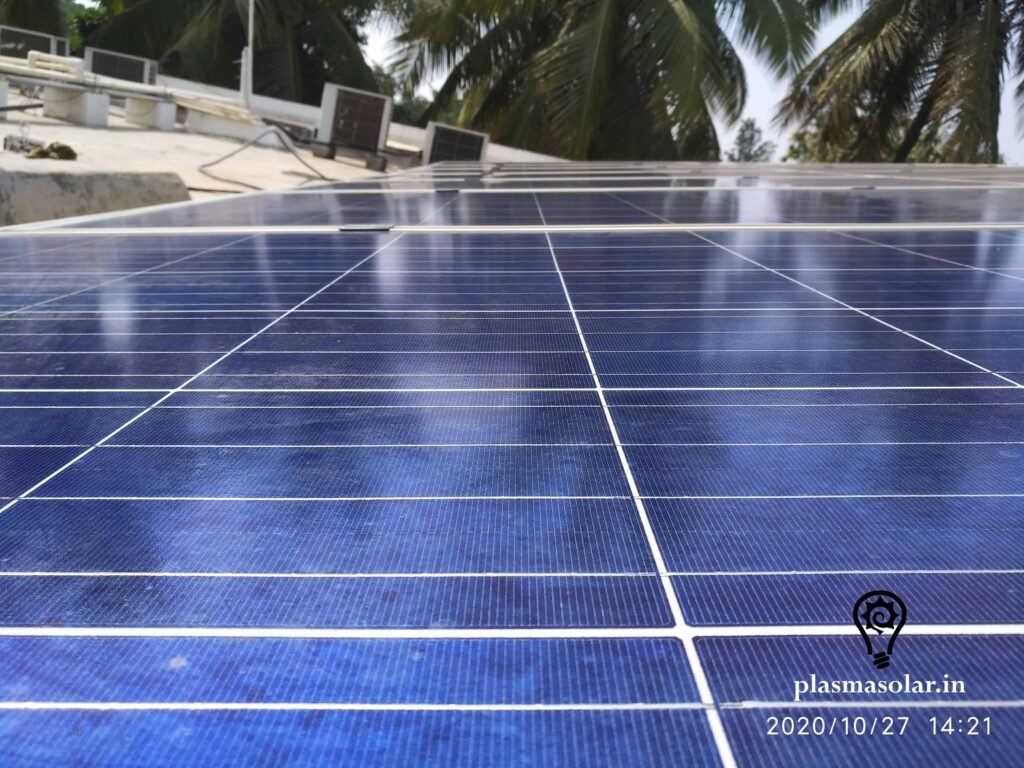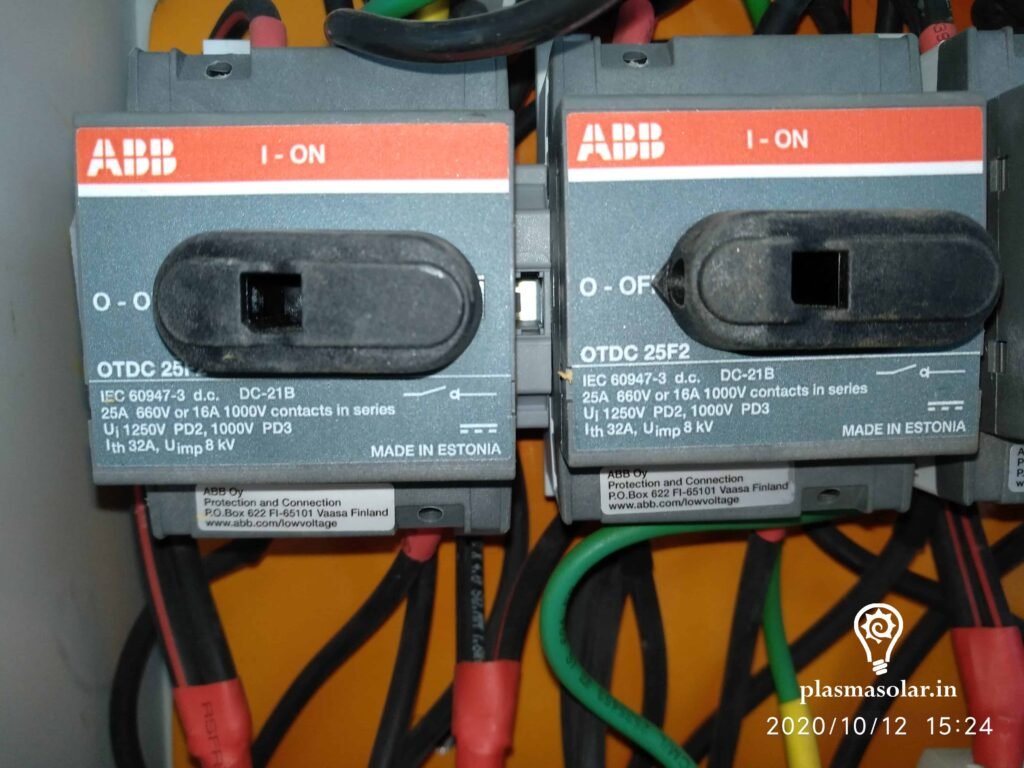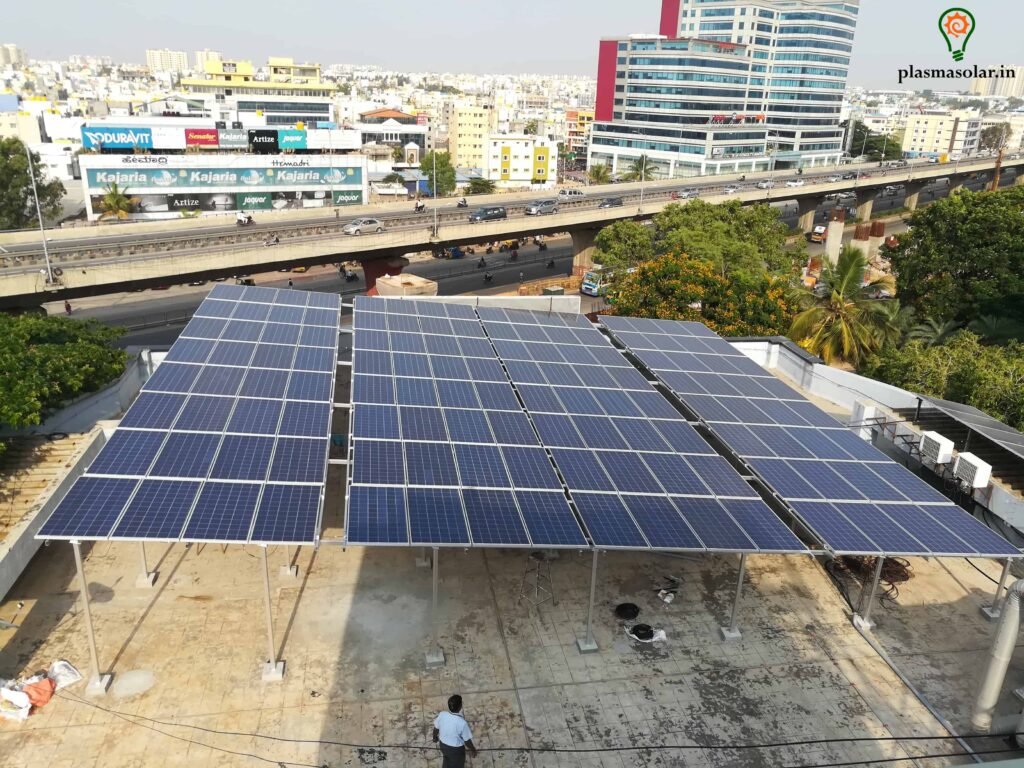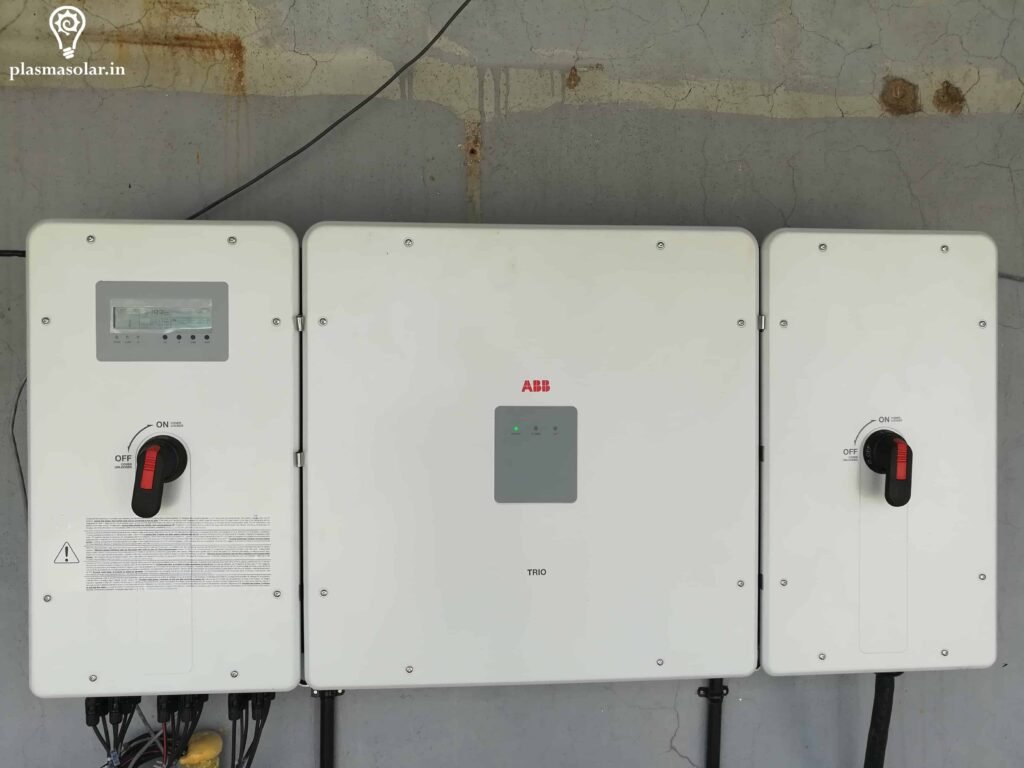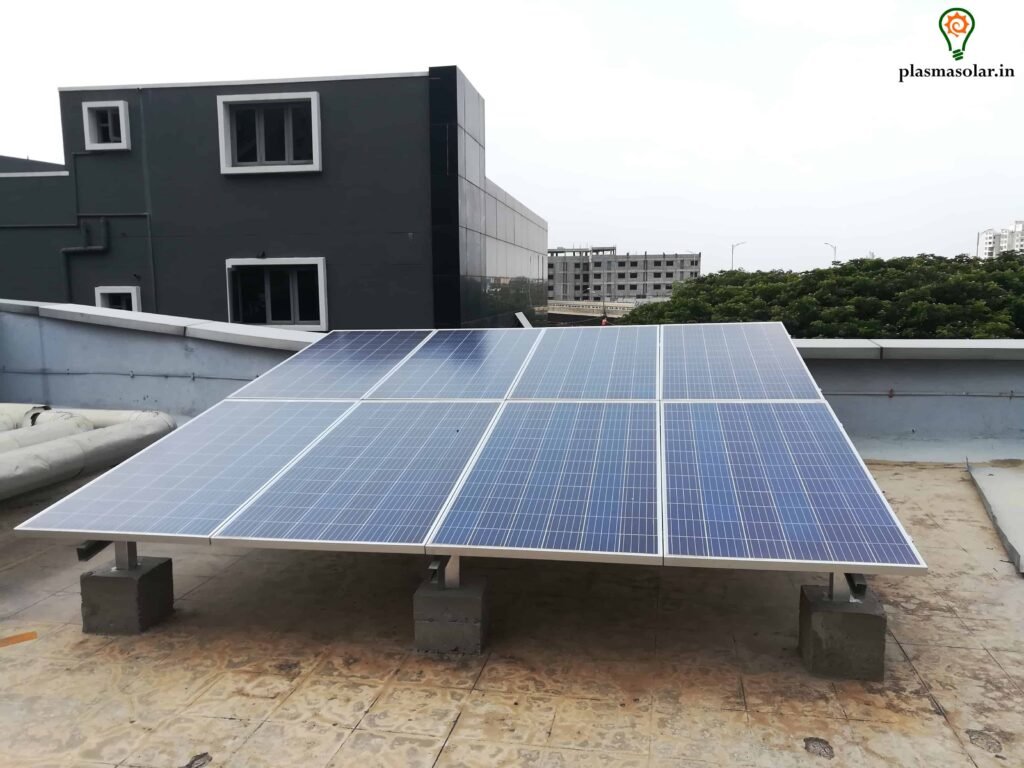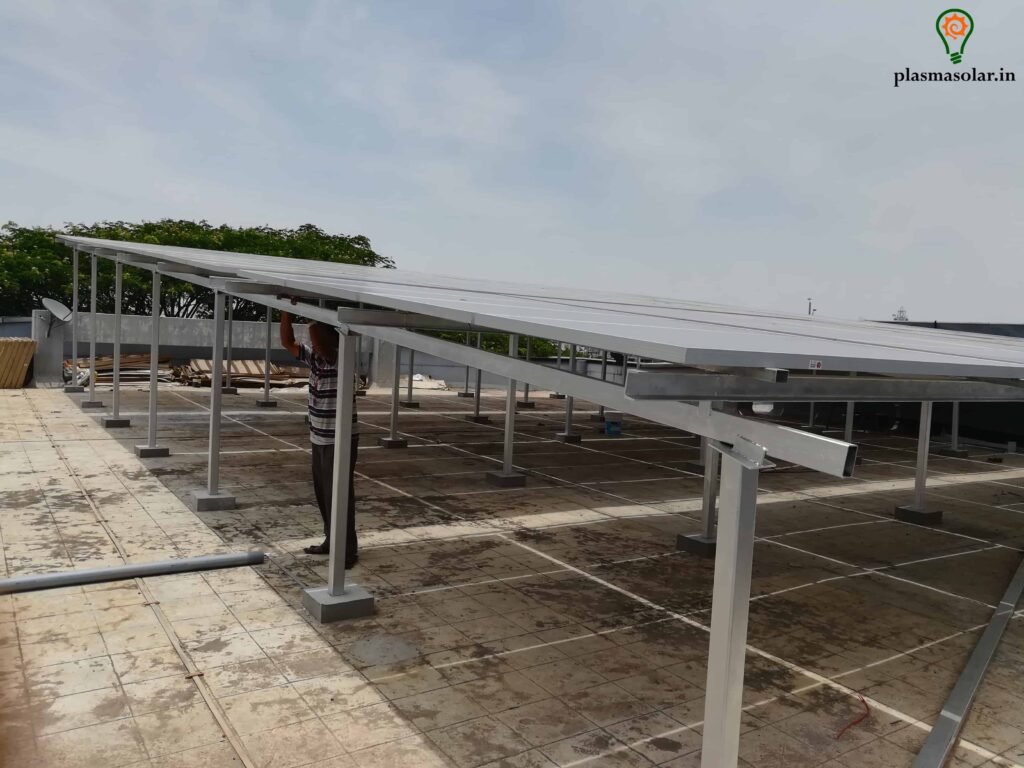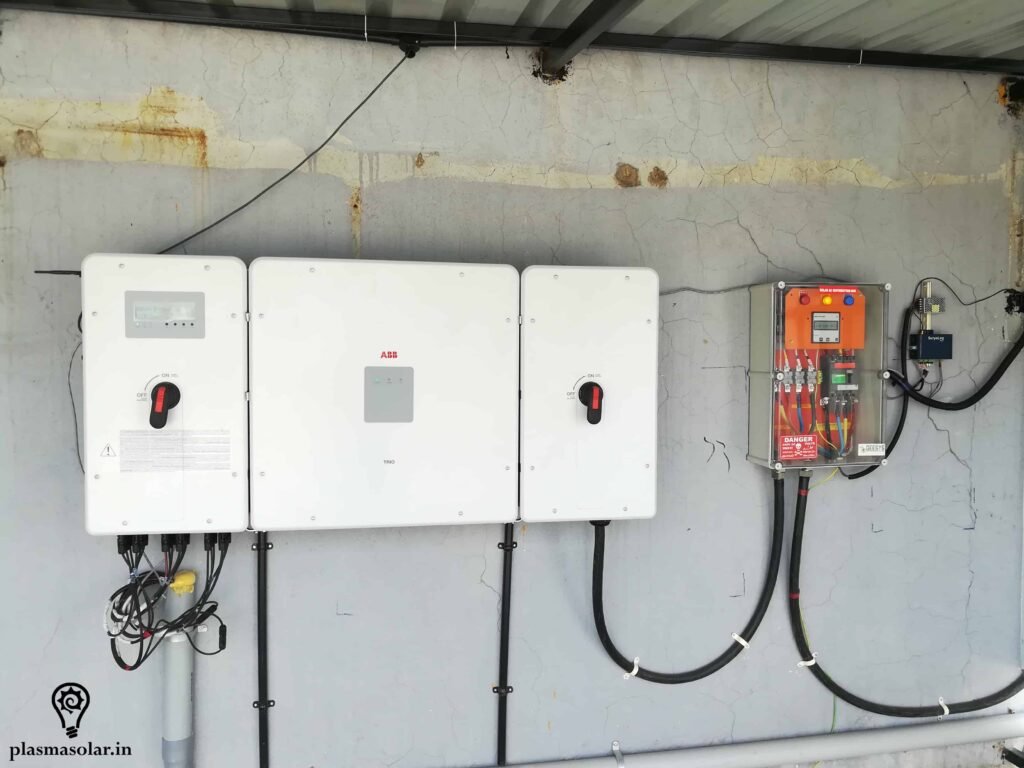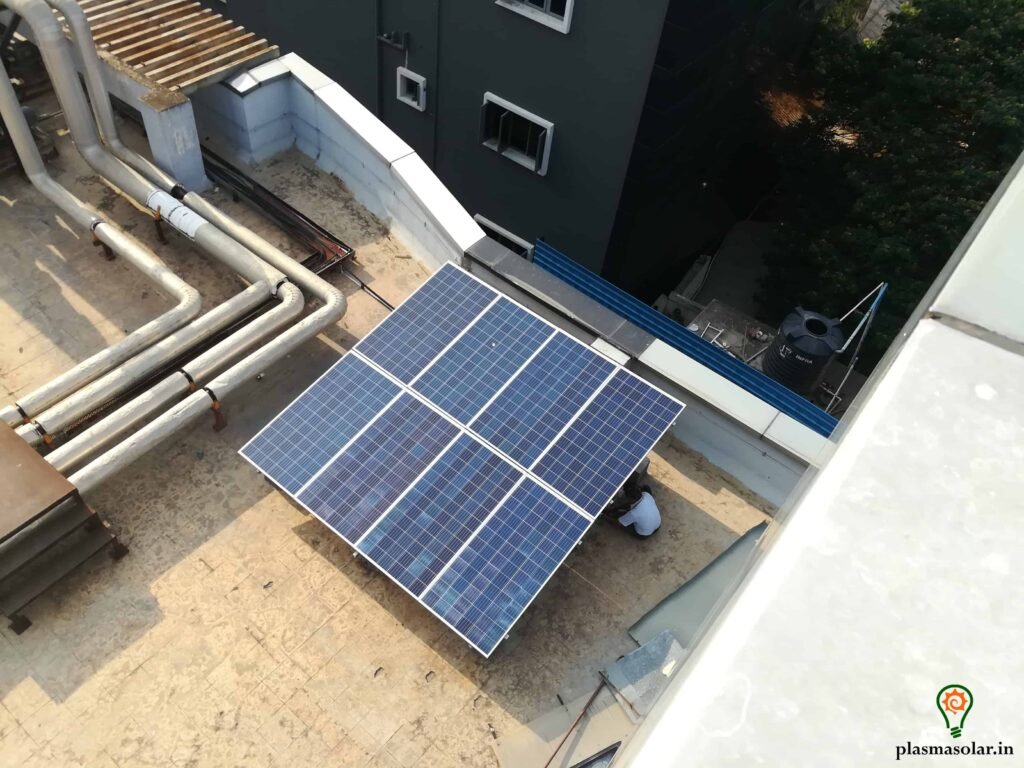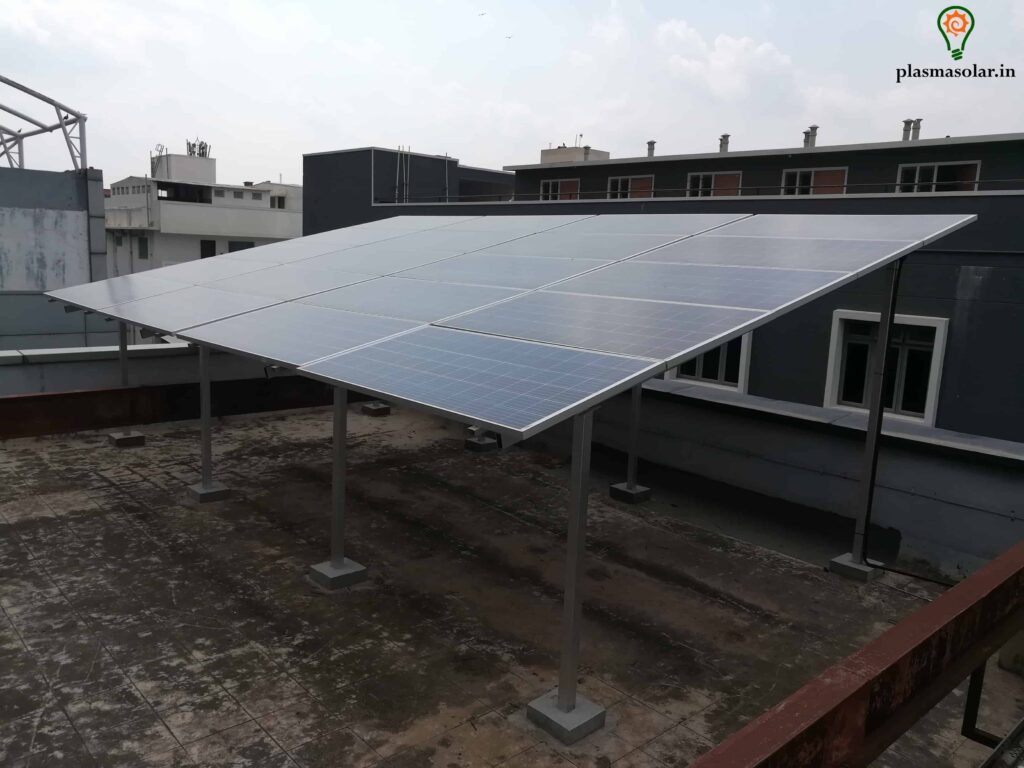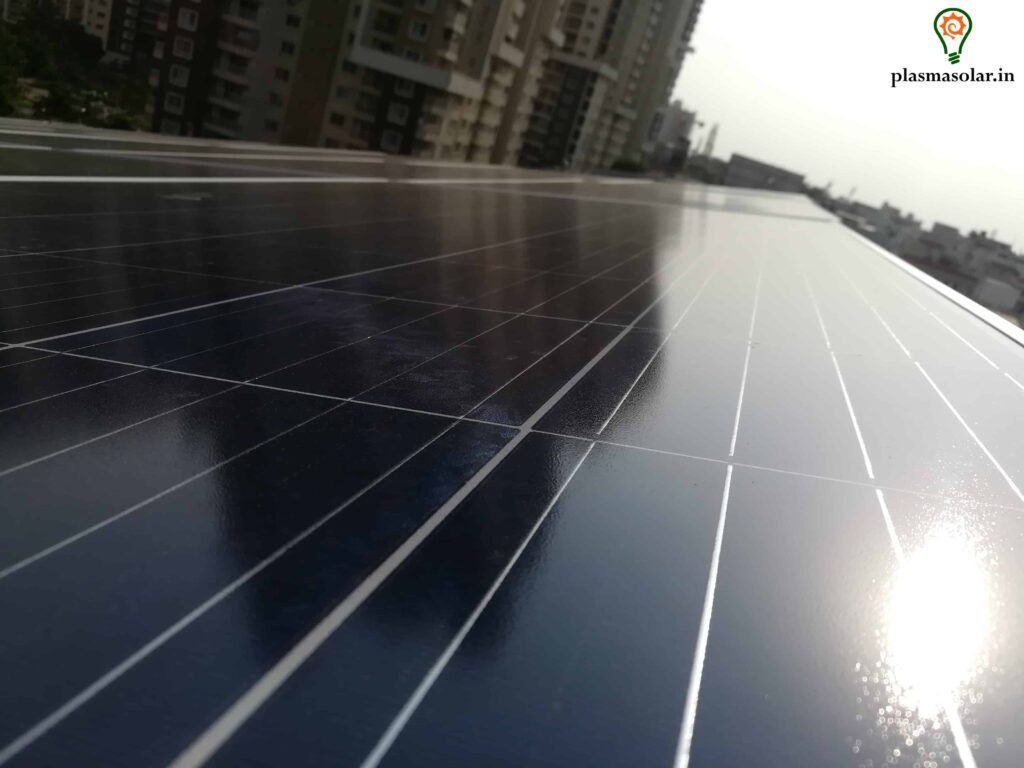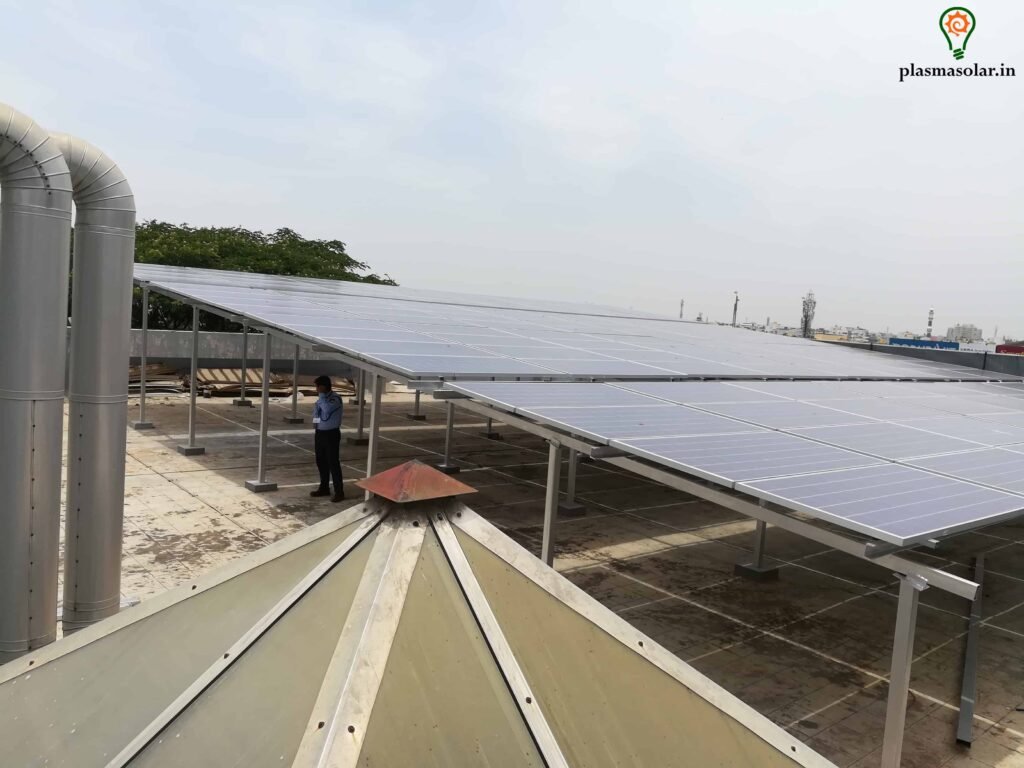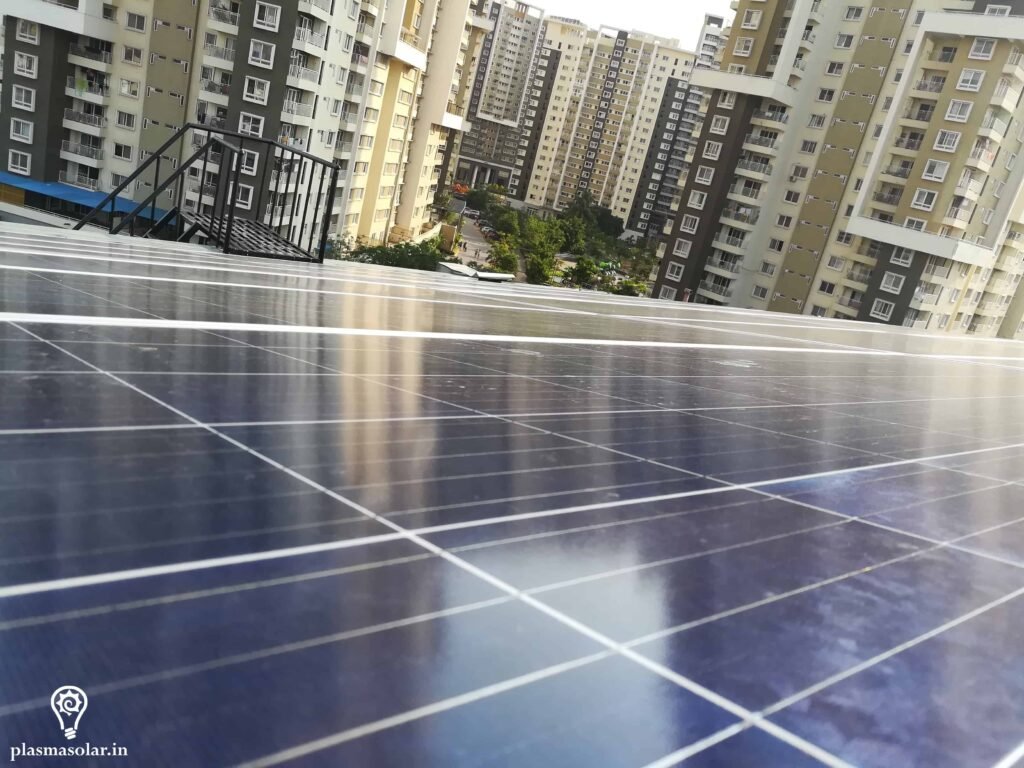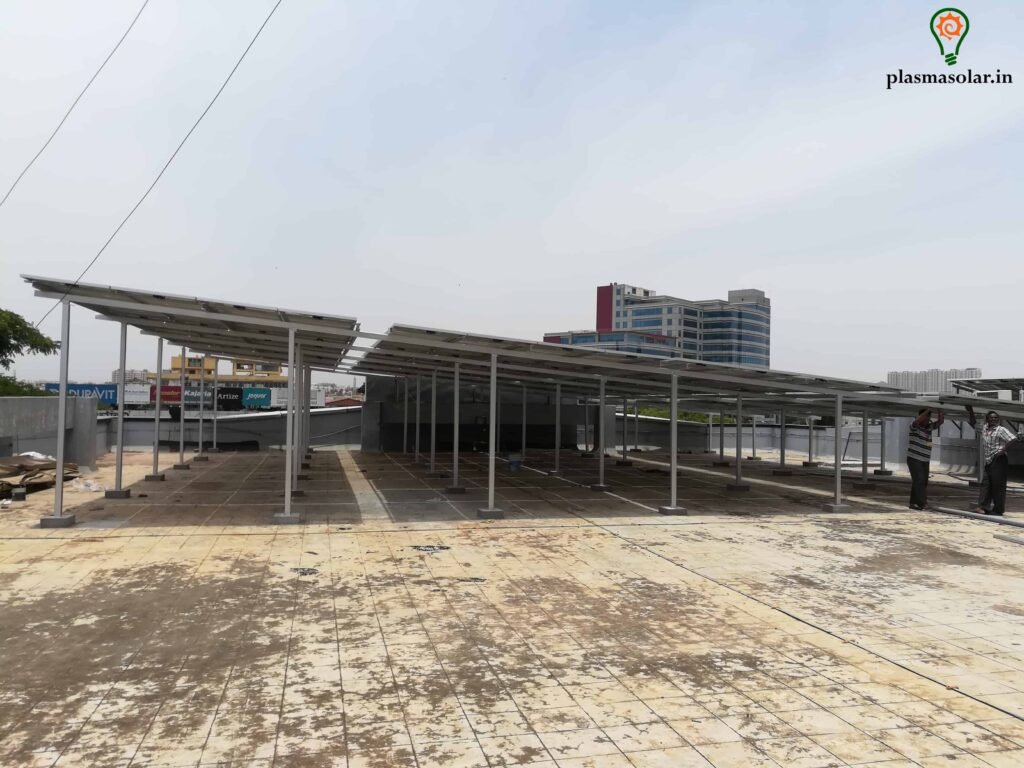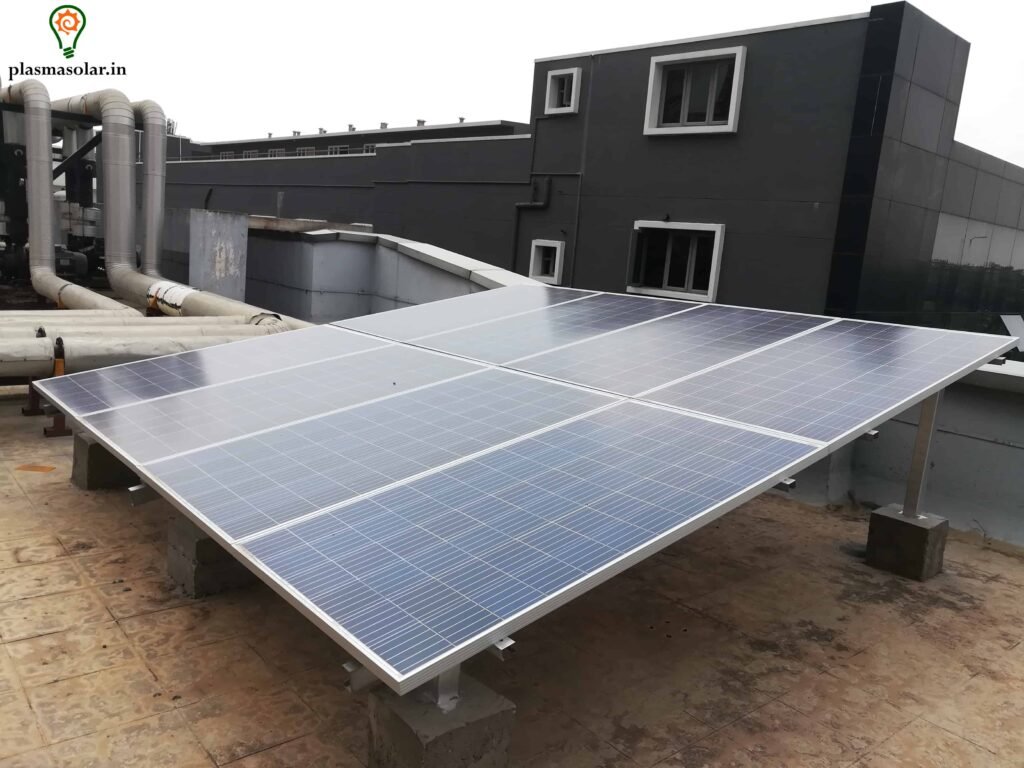On-Grid Type Solar
Let’s LEARN How to Reduce Our Electricity bill
Reinventing ZERO!
Basics First with Baby Steps!
Who should opt for On-Grid Solar System?
Less Power cuts
Areas with low power blackouts like metropolitan cities or EEZ industries
Skyrocketing Power bill
If your Electricity consumption is Very high with inflated utility bills
High Operational costs
Enterprises or Businesses looking to reduce the cost of running
Safe Investment
Anyone looking for long term investment with assured returns
Addition Income
Earn passive income by selling excess generated Solar Units (kWh)
Thinking Green
Anyone having a shadow-free roof area and is Eco-Sensitive
Advantages
Experiencing Zero
Reduce monthly Electricity bills to Zero.
Protect against future electricity price hikes,
Fit and Forget system
Minimum Maintenance with nearly Zero Recurring Cost.
Solar panels act as an umbrella to lower the building temperature & keep the environment cool.
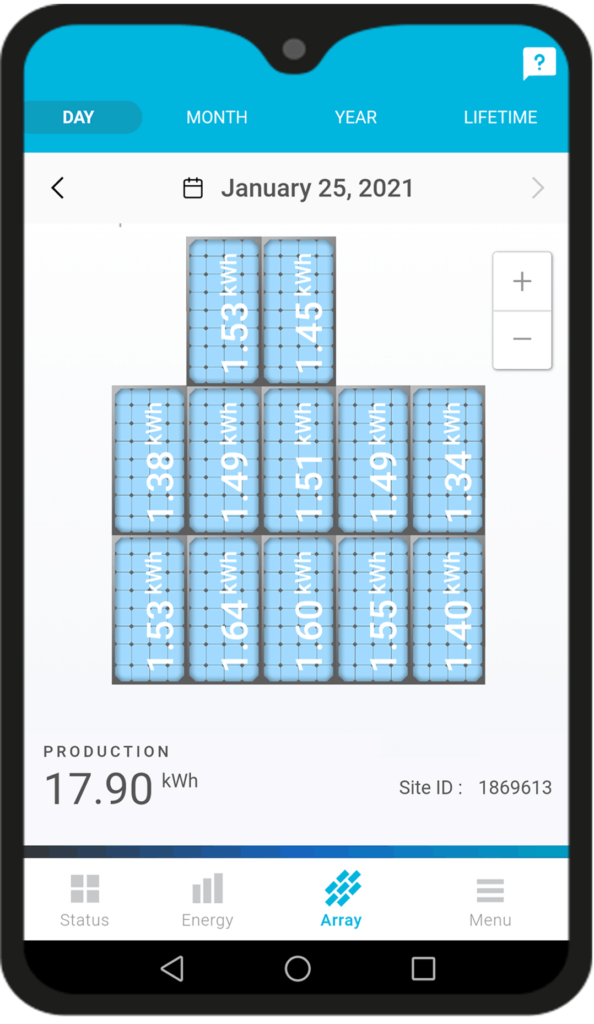
Earn Money
Low-Cost Investment & quick payback period.
Export excess solar power generated back to the utility grid to earn passive income.
Tax Benefits
Accelerated Depreciation Tax Relief for Industries.
Supportive & proactive Government Policy for Renewable Green Energy Sector.
An Ecological Investment
We need to look beyond the Economics
Alternative Solar Solutions
An On-Grid rooftop solar energy system STOPS generating Electricity during a Grid power failure for “Anti-islanding” protection measures, which is a mandatory Safety feature. The On-Grid solar system requires a reference voltage from the utility-grid connection for its functioning, and hence a power-cut will result in the shut down of this Grid-Tied solar plant.
So, What are the Alternatives?

Home UPS Inverter
Many residential houses & offices have a UPS Inverter system with a battery that can provide back-up during ESCOM grid failure when their On-Grid solar station stops generating electric power.
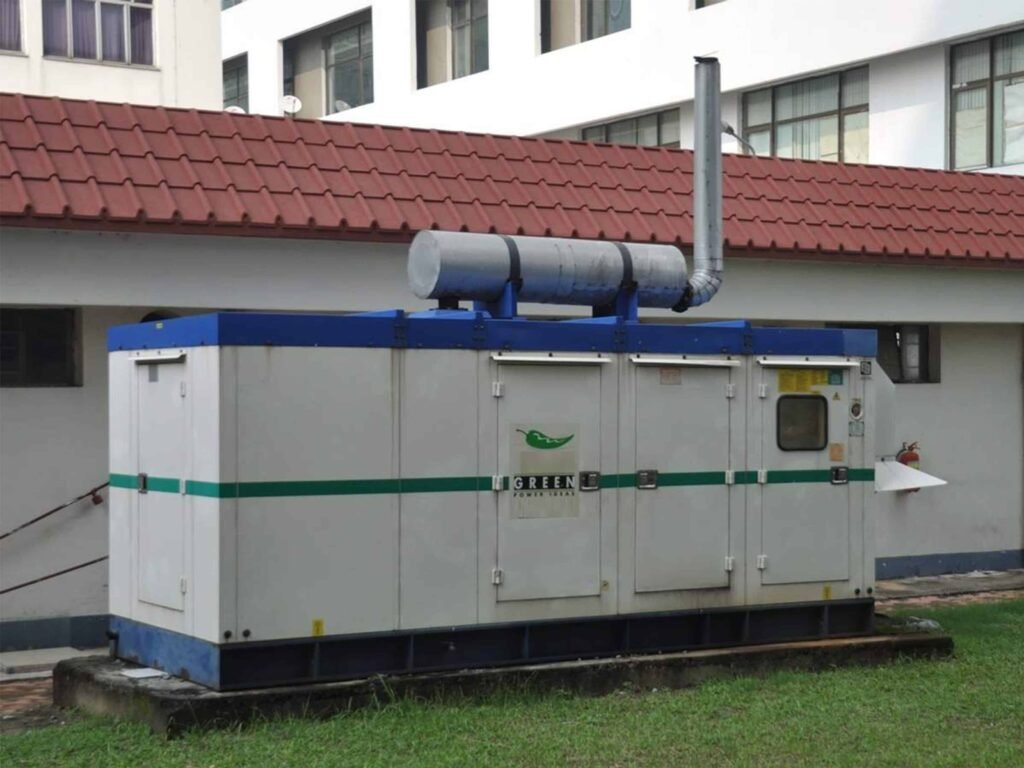
DG PV Synchronization
Apartments and Factories use DG Set during electricity blackouts. Diesel Generator Synchronization with an On-Grid Solar plant provides a reference voltage similar to the Utility-Grid, & kick-starts the solar power generation even during power-cuts.
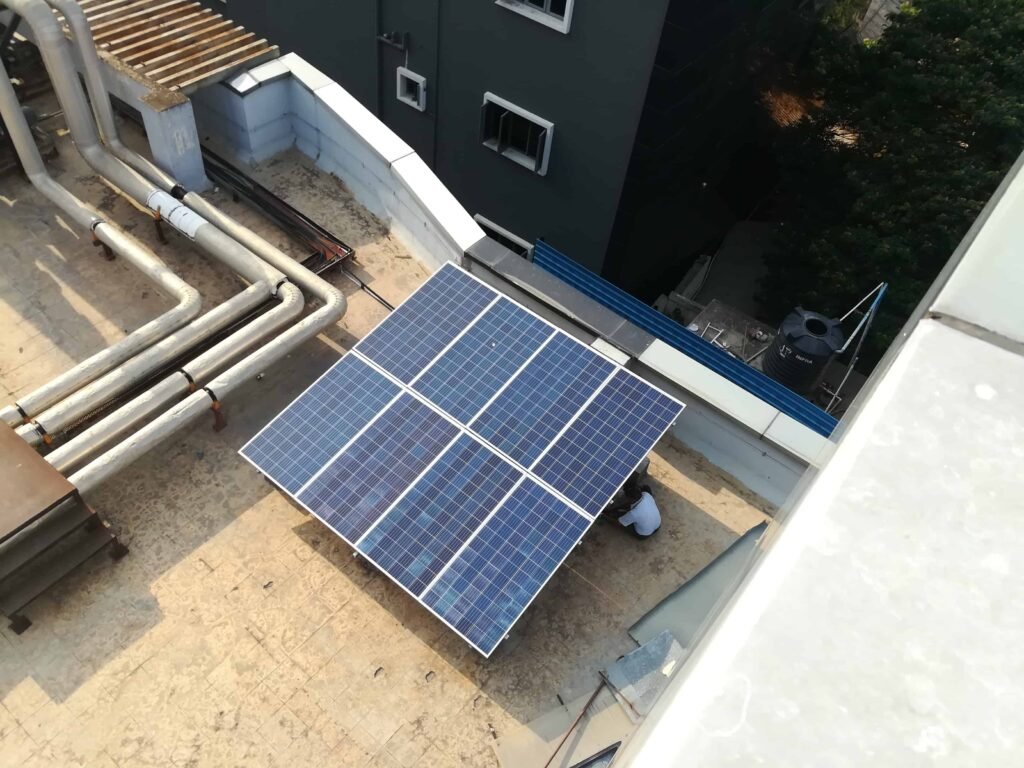
Alternative Solar Solutions
If the On-Grid Solar PV System doesn’t seem like a suitable solution for your situation, then you can opt for the following,
Off-Grid Solar PV System
Hybrid Solar PV System
How does the Grid-Connected system work?
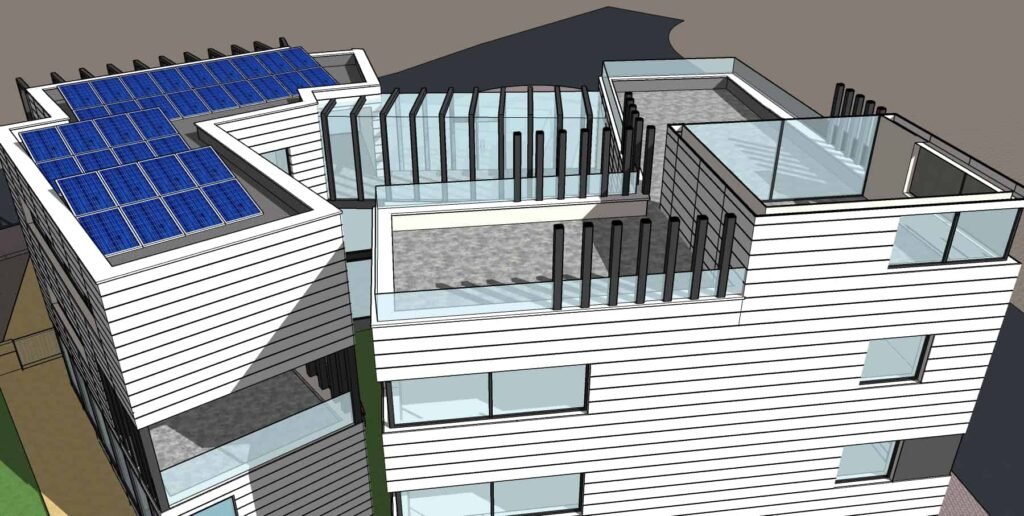
Scenario 1: Day-Time
The solar energy produced is utilized by the consumer to satisfy all their internal electrical needs and any excess generated solar units (Kilowatt-hour) is exported and sold to the Utility Grid through a Bi-Directional Energy Meter interface.
The import and export of electricity through a bi-directional meter is the currently available mechanism under the Net-metering Solar Policy of the Government. This system is set to be replaced by the Gross Metering mechanism soon.
“Bi-directional meter” Synonyms:
- Net metering
- Import-Export Energy Meter
Scenario 2: Cloudy Days
During rainy days and the winter season when the Insolation from the sun is low and solar electricity generation is reduced, the shortfall in energy production is fulfilled from the Public Utility Grid. Overall, the solar plate and the power-grid together fulfil the electrical load demands of the consumer. The entire process of switching between the solar panel electricity and the grid electricity is smooth and is automatically done by the solar inverter or the Power Conditioning Unit.
Despite being the land of the monsoons, Solar Power Production in India has a very high potential and is actively supported by the Government. Rooftop solar is very popular and widely adopted in Bangalore, Karnataka. Solar Distributed Generation or on-site generation (OSG) is not a thing of the future but of the present and is being implemented across India. The interactive Smart Grid future is here and NOW.
Scenario 3: Night-Time
During the night when the sunlight is unavailable, the electrical load requirements are met by the DISCOM Grid by importing electricity. The Net-Metering system facilitates the import-export mechanism of this Smart Grid Technology. Solar panel plates are completely inactive during the night and the power supply reliability is entirely dependent on the local ESCOM.
We can also understand the On-Grid system from a slightly different perspective. The extra solar energy produced during the day-time is stored in the grid which shall be used up during the night. In other words, the Utility-Grid acts as a battery bank in a Grid-Tied Solar PV system.

